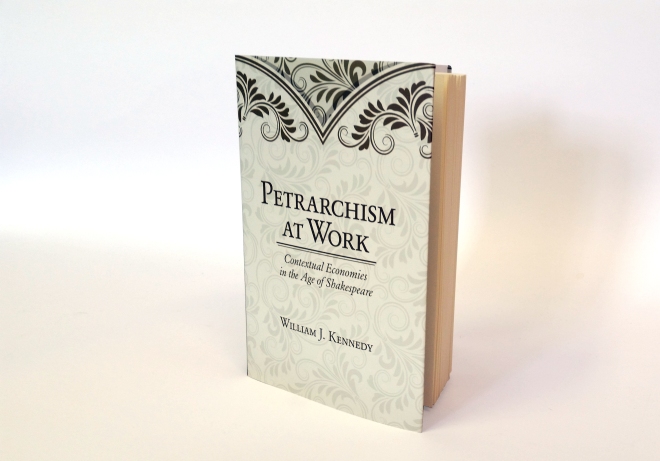With the publication in 1913 of An Economic Interpretation of the Constitution of the United States, Charles Austin Beard (1874-1948) became one of the most famous, influential, and controversial historians in America. His book initiated a trend that for two generations became dominant in the way American history was written and taught. The thirty-seven books that he wrote during his legendary career—some of them with his historian wife, Mary Ritter Beard—sold millions of copies. He was esteemed and reviled for arguing that from the country’s beginnings and at every turning point in its history, American politics had to be understood mainly through the motives and world view of economic elites.
The kinetic energy of the historical process in America did not suddenly stop with the Second World War, Beard contended. In the years immediately preceding that conflict, he took a leading role in what became known as the isolationist movement. Beard objected to this label, seeing nothing isolationist about following the advice given by George Washington in his Farewell Address, for the American people to mind their own business. Creating a society of republican virtue at home would be challenge enough for them, without assuming the burden of international responsibilities. Beard judged the Farewell Address to be the most profound statement ever issued about American foreign policy. The mislabeled isolationist movement sought to do no more than to honor the first president’s teaching about how the United States should relate to the rest of the world in a spirit of amity and comity, playing no favorites and resolutely thwarting all attempts to coopt American power and influence for partisan foreign ends.
When the fighting began in 1939, Beard opposed American intervention, claiming that at bottom the conflict had to do on both sides with the acquisition or retention of markets, territories, and resources, just as the First World War had done. The two wars were one war, in his view, with a twenty-year armistice in between. Both wars had imperialist motives. Even after Pearl Harbor, he continued to claim that the war fundamentally concerned not the evil of Hitler—as of December 1941 Stalin, our ally, was the greater criminal by far—but the greed of competing empires. In two classic works written after the war, he denounced the foreign policy of FDR as a masterpiece of deception about a fictitious war for the Four Freedoms, which served as a distraction from the real war for economic empire.
Beard never could accept the vulgate interpretation of the Second World War. In the triumphalist postwar years, he came under mounting attack as an unreliable historian and a man lacking in patriotism. His economic interpretation of history became increasingly marginalized, as consensus historians plighted to the cause of American exceptionalism dominated the field. Beard’s stock as a thinker continued its downward spiral during the Cold War, which he described at its outset as a straightforward imperialist contest between the United States and the Soviet Union. Whichever side won, the world would be subjected to an imperialist order. In no way a Marxist, he conceded that the imperialism practiced by corporate capitalism stood on a higher plane of morality than did the Stalinist variety. Nonetheless, Americans deceived themselves when they imagined the cardinal policies in peace and in war of their leaders to be about anything but imperial control.
Charles Austin Beard: The Return of the Master Historian of American Imperialism offers a fresh interpretation of the origins and development of “Beardianism,” as a way of understanding the connection between economics and politics in American history. The book is especially timely today because of the manifest way in which America’s policies for the maintenance and augmentation of its empire have confirmed his predictions of what the country’s fate would be in the aftermath of the “good war.”

About the author of this blog post: Richard Drake holds the Lucile Speer Research Chair in Politics and History at the University of Montana where he teaches European and American history.



 William J. Kennedy is Avalon Foundation Professor in the Humanities in the Department of Comparative Literature at Cornell University. His most recent book,
William J. Kennedy is Avalon Foundation Professor in the Humanities in the Department of Comparative Literature at Cornell University. His most recent book,  Sage House: You argue that print technology was a game-changing innovation in the European Renaissance. If print was the disruptive technology of the time, how did poets such as Shakespeare and Ronsard deploy it to disrupt the system?
Sage House: You argue that print technology was a game-changing innovation in the European Renaissance. If print was the disruptive technology of the time, how did poets such as Shakespeare and Ronsard deploy it to disrupt the system?
You must be logged in to post a comment.